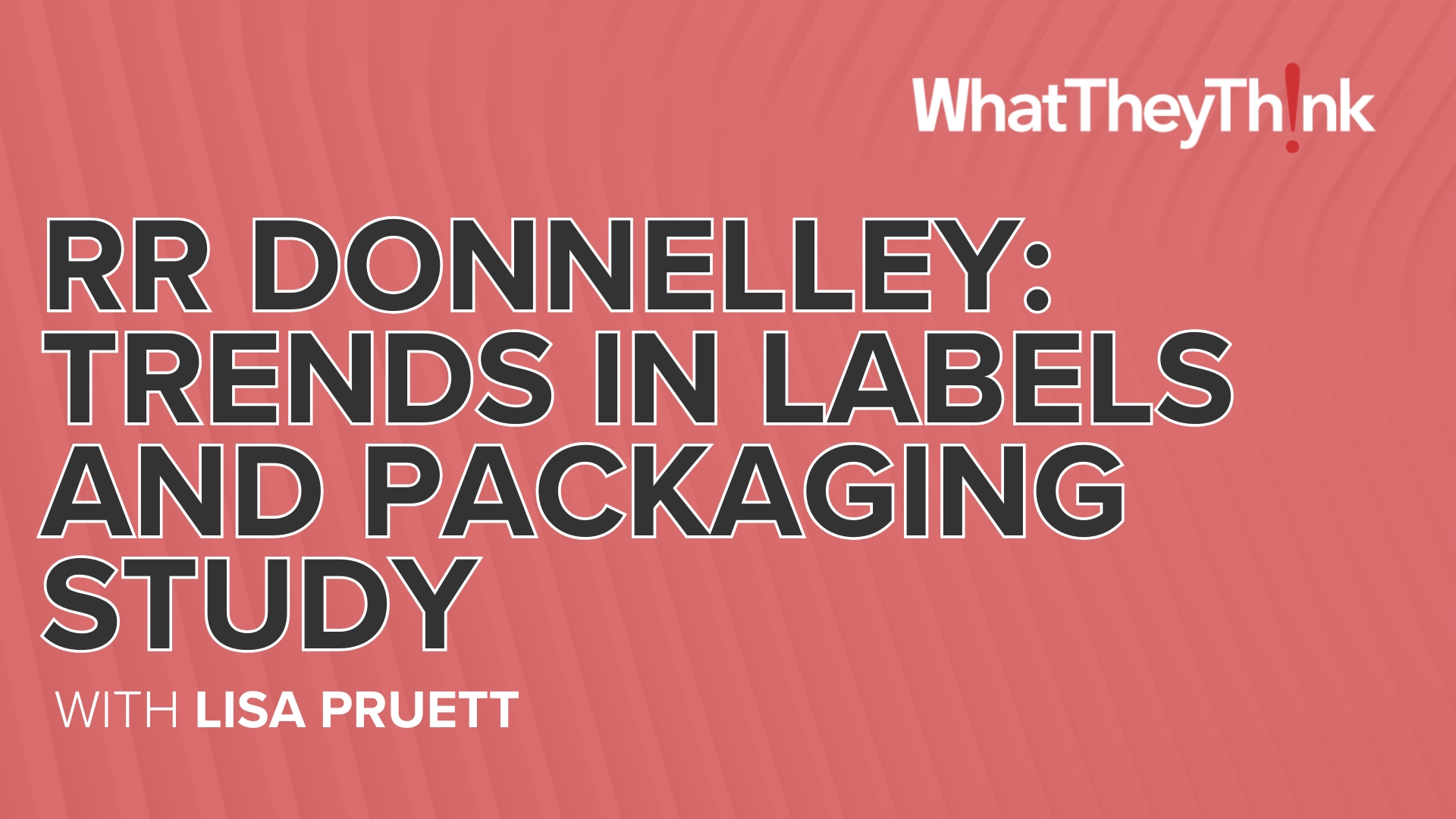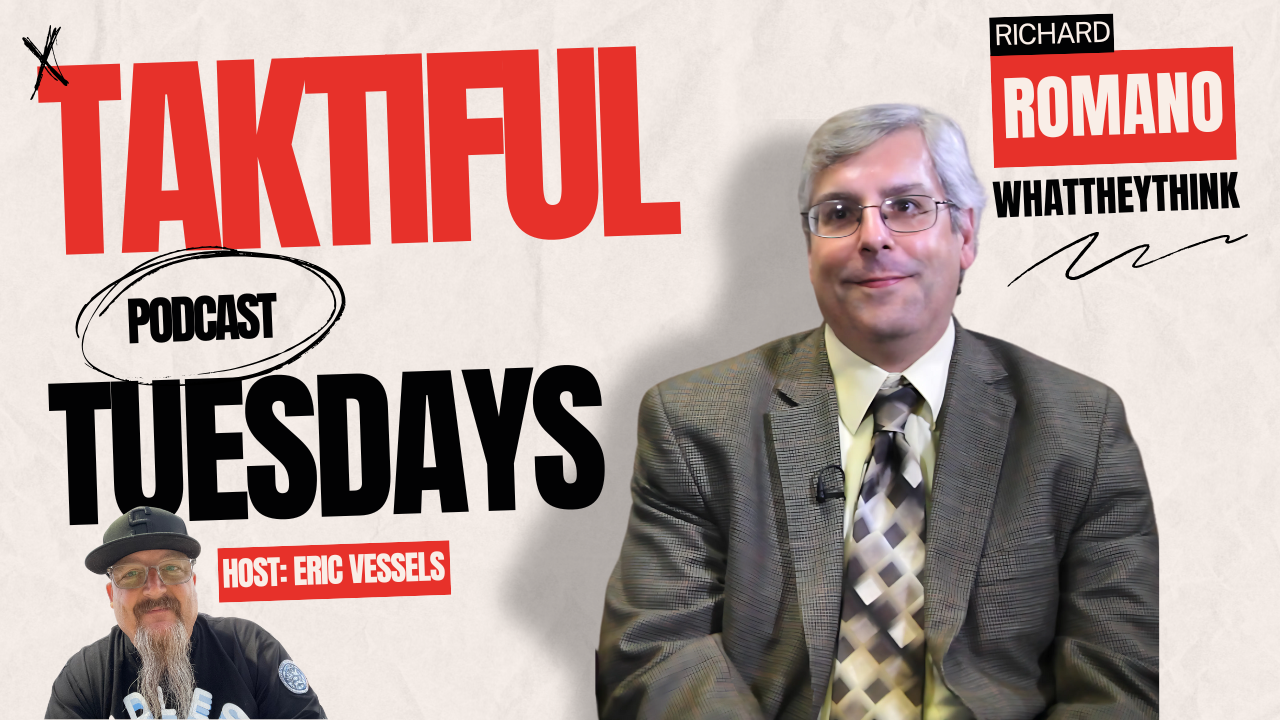(Sabine Lenz, PaperSpecs, is a regular contributor to WhatTheyThink Going Green. Watch for her insights monthly.)

There it was - right on the cover of the Priority Envelope: "
This envelope is Cradle-to-Cradle (C2C) certified." The
U.S. Postal Service (USPS) is not necessarily known for its environmental initiatives, so at first, I was impressed.
I have to admit I wasn't even aware that a C2C certification even existed, but, being a firm believer in third-party certification, I had high hopes.
I asked some of my "sustainable" friends. People who are, in one way or another, deeply involved in the sustainability aspect of the paper industry. Across the board, their responses were more than skeptical.
My curiosity awakened, I went to the source, and after several attempts, achieved an interview with
Jay Bolus, VP of Technical Operations at
MBDC (McDonough Braungart Design Chemistry), the originating arm of C2C certification.
The Birth of Cradle to Cradle
The actual cradle-to-cradle philosophy is not a new one. Originally coined by Walter R. Stahel in the 1970's, the concept entered mainstream America in 2002 with the release of chemist Michael Braungart and architect Bill McDonough's highly acclaimed book "
Cradle to Cradle."
The idea behind the catch phrase hits at the core of every sustainably minded person's heart: Intelligent design can eliminate the concept of waste.
Or in plain English, every product should be designed so it can be disassembled at the end of its lifetime. This could either mean going back into the industrial cycle or returning to the soil. The good news for paper lovers is that paper is considered a hybrid - meaning it can be both, a technological or biological nutrient.
The book and subsequent concept were such a success, that MBDC launched a Cradle-to-Cradle Certification in 2005.
Certification or Philosophy?
Similar to other certification processes, there is an original audit, which leads to certification at one of four levels: basic, gold, silver or platinum.
Out of 26 criteria, only six have to be met to reach the basic level, which Bolus stresses, is an entry level. The long-term goal is to move a product up on the criteria scale - from basic to silver, from silver to gold, and so on.
In the case of our USPS envelope, which has a silver certification, the components are broken down into paper board, coatings, inks (and all its chemicals), adhesives, line release sheets, etc. Compared to a
Hermann Miller chair, another C2C-certified product, our envelope is one of the simpler products that have been certified.
Some of the criteria sound more philosophical rather than hands on. Like, "Implemented water conservation measures," which alone doesn't tell us anything about what these measures have to achieve. Or, "contains at least 25 percent green assessed components."
The cost for MBDC's C2C certification can range anywhere from $10,000 to $100,000 and beyond depending on the complexity of the product. As per Bolus, 70 percent of the cost goes into the assessment of the materials used, which are broken down by MBDC to their base components and chemicals. And naturally, there is a yearly recertification.
Who's Guarding the Hen House?
Unlike other certification schemes that have been created and whose benchmarks have been set by a combination of sustainable and industrial organizations and are certified by a third party, C2C is a "private eco label."
Not only did MBDC come up with the C2C certification, it also sets the benchmarks, does the actual testing and evaluation, and in the end, grants the certification.
Did I mention that MBDC is a materials firm that consults with companies on the "cradle-to-cradle" readiness of their products and then certifies them? Thus, literally operating on both sides of the fence.
Even Bolus agrees that this has been the source of major criticism. He points out that they are looking into opening up the certification process.
"We are talking internally about allowing other companies to develop and certify products under the C2C label," says Bolus, "Which would allow MBDC to consult on the development of a product and one of the other companies could then certify it."
Sounds like a great plan, but as of yet, the company is frustratingly short on specifics and no clear plans or timelines have been laid out.
Currently only a handful of licensed assessment providers around the world, among them Michael Braungart's company EPEA in Germany, are allowed to pre-evaluate a product, which then gets its final certification stamp of approval from MBDC.
A Great Idea That Will Never Take Flight
As wonderful as the general C2C concept is, as long as it's in the hands of one company, it will never reach its full potential or have the necessary credibility for widespread adoption.
The work is simply not transparent and as long as MBDC consults for the companies it then certifies, the whole endeavor is conflicted ... or shall we say unethical?
Contributed by Sabine Lenz
Instead of designing cradle-to-grave products, dumped in landfills at the end of their life cycle, MBDC had high hopes of transforming whole industries by creating cradle-to-cradle products. Unfortunately, the company seems to be its own worst enemy.
Of McDonough's original goal to have 30,000 products certified by 2012, only around 250 have made the list so far. "To achieve this large number," Bolus says, "we would have to open up the certification to other certifying bodies. We feel this is pretty important to do."
So do we. If only there was a firm plan in place ...

About Sabine Lenz, Founder of PaperSpecs
Sabine Lenz, graphic designer and world traveler, had a "Eureka moment" during the development of a key project when she discovered after a long search that the ideal paper she had chosen from her library of swatchbooks was no longer available.
To prevent a repeat occurrence, for herself and designers around the world, she launched
PaperSpecs, the first online paper database specifically developed for the design and print industries.
With access to information on more than 4,400 papers from over 70 mills, the latest promotions and mill swatchbooks, PaperSpecs has been titled "
THE Paper resource" by
Frank Romano, Prof Emeritus RIT.
 There it was - right on the cover of the Priority Envelope: "This envelope is Cradle-to-Cradle (C2C) certified." The U.S. Postal Service (USPS) is not necessarily known for its environmental initiatives, so at first, I was impressed.
I have to admit I wasn't even aware that a C2C certification even existed, but, being a firm believer in third-party certification, I had high hopes.
I asked some of my "sustainable" friends. People who are, in one way or another, deeply involved in the sustainability aspect of the paper industry. Across the board, their responses were more than skeptical.
My curiosity awakened, I went to the source, and after several attempts, achieved an interview with Jay Bolus, VP of Technical Operations at MBDC (McDonough Braungart Design Chemistry), the originating arm of C2C certification.
There it was - right on the cover of the Priority Envelope: "This envelope is Cradle-to-Cradle (C2C) certified." The U.S. Postal Service (USPS) is not necessarily known for its environmental initiatives, so at first, I was impressed.
I have to admit I wasn't even aware that a C2C certification even existed, but, being a firm believer in third-party certification, I had high hopes.
I asked some of my "sustainable" friends. People who are, in one way or another, deeply involved in the sustainability aspect of the paper industry. Across the board, their responses were more than skeptical.
My curiosity awakened, I went to the source, and after several attempts, achieved an interview with Jay Bolus, VP of Technical Operations at MBDC (McDonough Braungart Design Chemistry), the originating arm of C2C certification.














